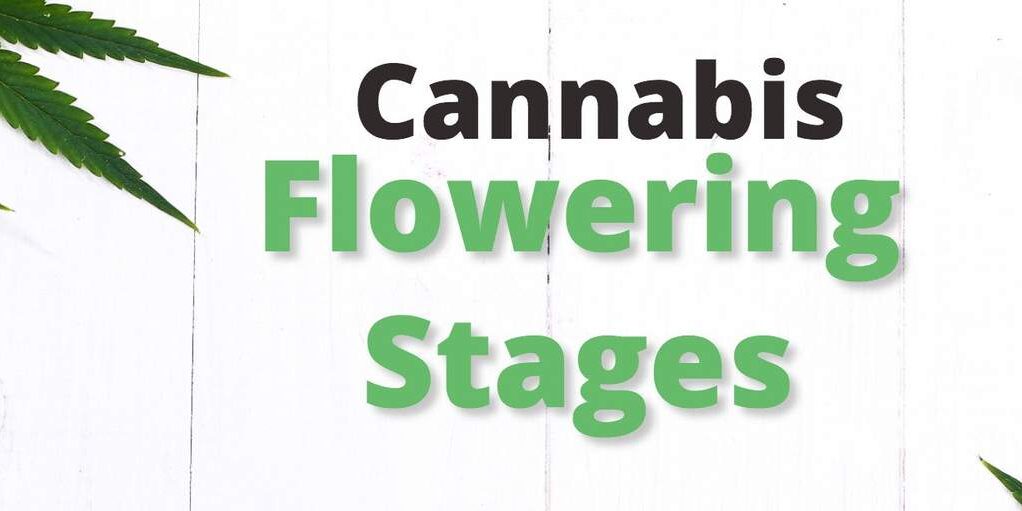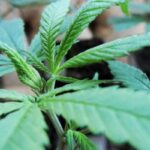Welcome to the fascinating world of cannabis cultivation, where the journey from seed to bud is a testament to nature’s brilliance. If you’ve ever wondered how cannabis plants transform from vibrant green to resinous buds, you’re in the right place. In this week-by-week guide, we’ll unveil the intricate process of cannabis flowering stages, helping you understand what happens during each crucial week of your plant’s development. So, let’s dive in!
Week 1-2: Transition to Flowering
The first weeks of the flowering stage mark the transition from the vegetative phase. During this period, your cannabis plants will receive a signal to switch their focus from growing stems and leaves to producing buds. You’ll notice small, white hair-like structures called pistils emerging at the nodes, signaling the start of flowering. It’s crucial to maintain a consistent light schedule, typically 12 hours of light and 12 hours of darkness, to stimulate this change.
Week 3-4: Early Flowering
As your cannabis plants enter their third and fourth weeks of flowering, the bud production process intensifies. You’ll observe the formation of tiny calyxes at the nodes, which will eventually encapsulate the developing seeds. At this stage, pay close attention to nutrient levels and ensure your plants receive adequate phosphorus and potassium. These essential nutrients are crucial for healthy bud development and resin production.
Week 5-6: Mid-Flowering
By the fifth and sixth weeks, your cannabis plants will be in full bloom, with buds continuing to swell. The aroma of your plants may become increasingly pungent as trichomes, tiny resin glands, develop on the buds’ surface. It’s a good time to monitor the trichomes closely; they will go from clear to cloudy to amber as they mature. Harvesting at the right trichome stage can significantly impact the potency and flavor of your final product.
Week 7-8: Late Flowering
During the seventh and eighth weeks of flowering, your cannabis plants are in their final stretch. Buds will continue to fatten up, and the pistils may change in color, with many darkening and curling inwards. This stage is all about ripening, and your plants will require less nitrogen and more phosphorus and potassium. Be prepared to support heavy buds with stakes or trellises, as they may become top-heavy.
Week 9-10: Harvest Time
As you reach the ninth and tenth weeks, it’s time to prepare for harvest. The majority of strains will be ready by this point, but some may take a bit longer. To determine readiness, examine the trichomes on your buds. When a significant portion have turned amber, and the pistils have darkened, it’s time to harvest. Be gentle with your plants, as the buds are delicate, and proper drying and curing will complete the process.
In conclusion, the cannabis flowering stages are a captivating journey that ultimately leads to the harvest of your prized buds. By understanding each week’s developments and providing the care your plants need, you’ll be well-equipped to cultivate high-quality cannabis that reflects your dedication and expertise. Enjoy the journey and the fruits of your labor, and may your cannabis plants thrive from seed to harvest. Happy growing!



